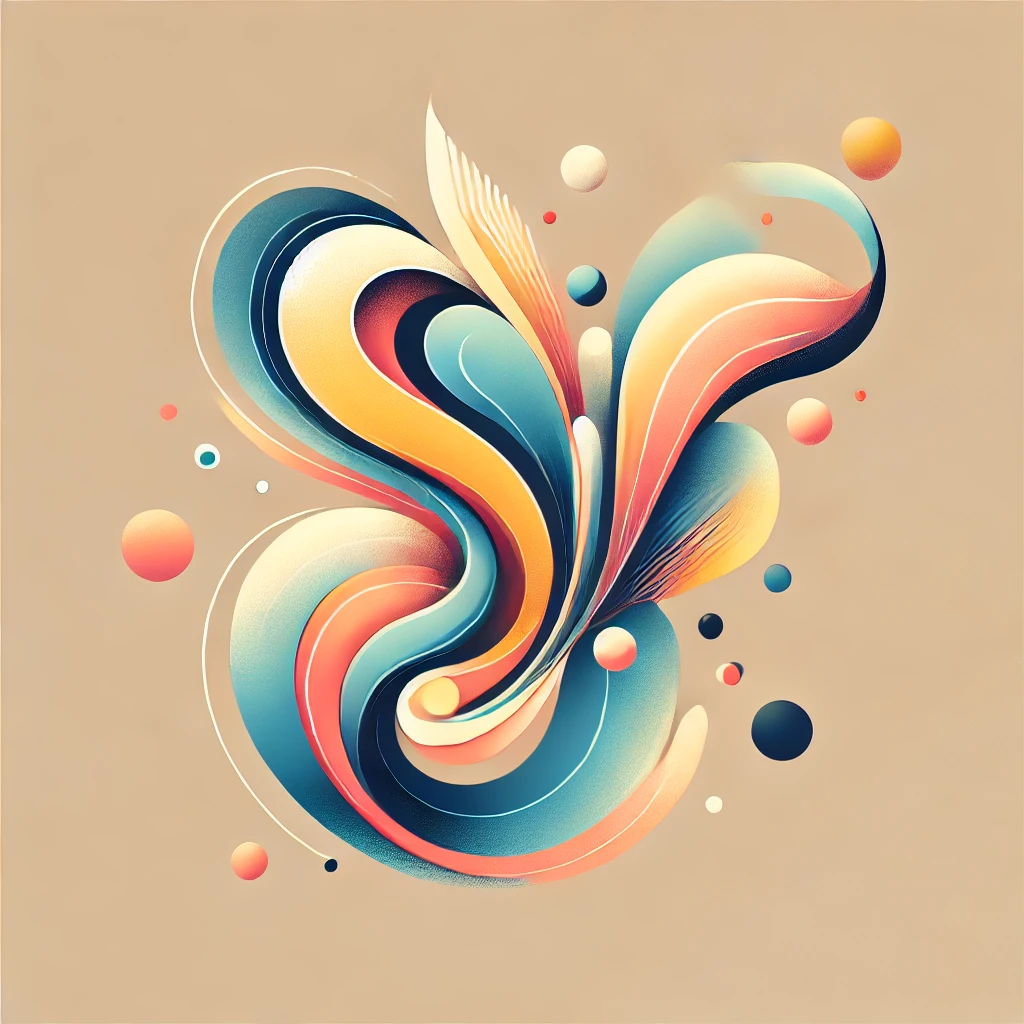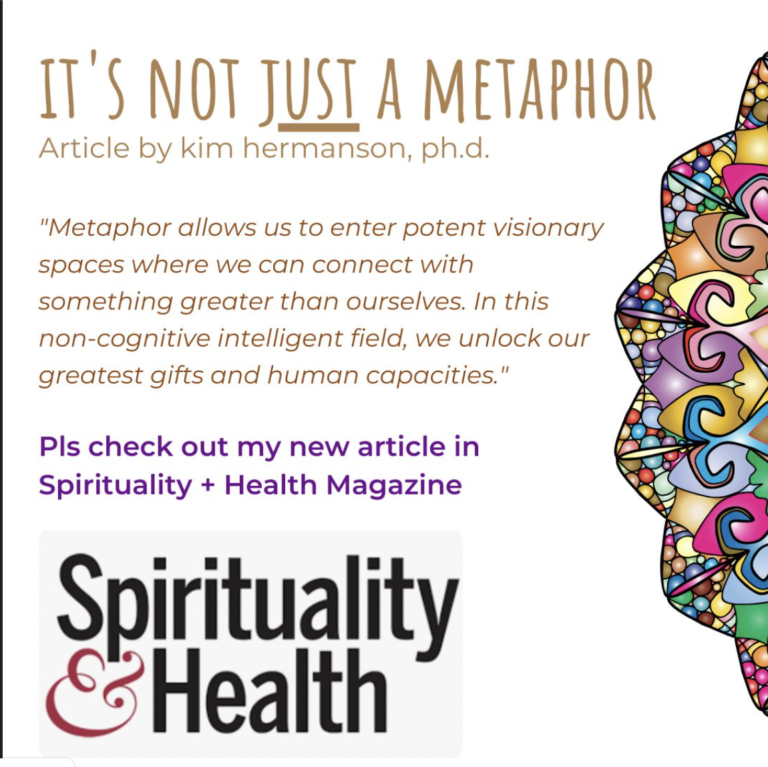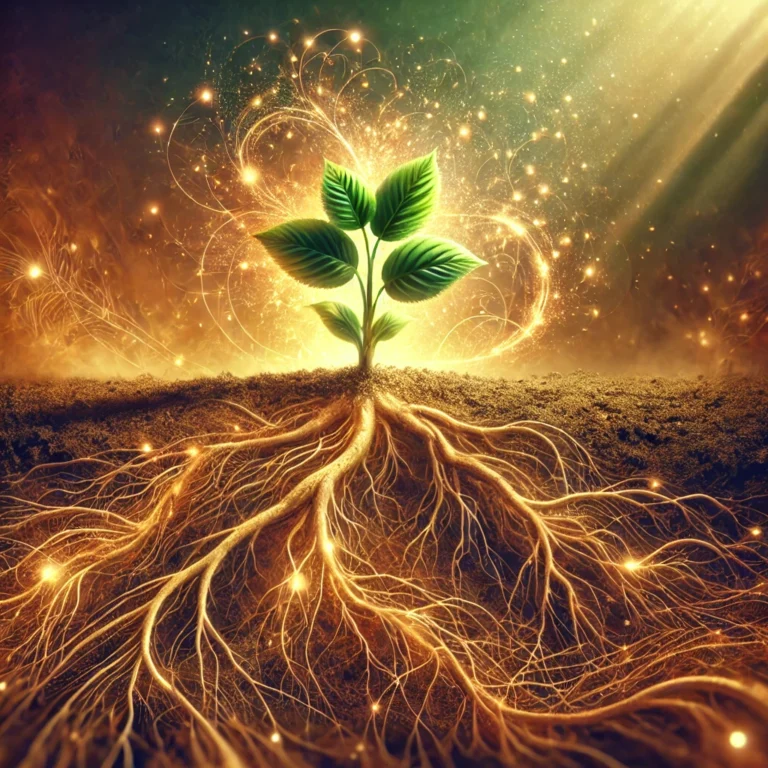How art and beauty guide us through times of change

In the process of writing up some new course proposals, I discovered some old writing I’d never sent out. The ideas are still present for me, so I offer them to you.
I think we can all feel it: the rumblings of change are happening all around us. Of course, change is part of life, but there’s something else happening. Entire structures are crumbling. We all know
While working on new course proposals, I stumbled upon some old writing I’d completely forgotten about. The ideas still feel alive for me, so I thought, why not share them with you? Maybe they’ll resonate.
We all sense it, don’t we? Big changes are afoot. Change is nothing new—it’s life’s constant companion—but this feels different. Structures we once leaned on are crumbling. Many people are facing huge upheavals—careers of decades gone, life savings vanished. But instead of fixating on what’s falling apart, I’d rather turn our gaze to where I believe we’re being called to focus: somewhere far more inspiring than financial security.
Let’s talk about art and social change.
Following the Thread of Beauty
Way back in the early 1800s, German poet and philosopher Johann Wolfgang von Goethe declared that the very essence of the world is aesthetic. (Pretty bold, right?) Fast forward, and business consultant Michael Jones points out that “aesthetic consciousness” is becoming the primary work of leaders. Meanwhile, cosmologist Brian Swimme suggests that beauty itself will guide us into a new chapter of being human.
Translation? Beauty isn’t just a “nice to have.” It’s calling to us. It’s asking us to follow what lights us up, what inspires us, what gives us life.
The Power of Art
Herbert Marcuse, in The Aesthetic Dimension, put it beautifully (pun intended). He said that art opens a door to a world we can’t reach through ordinary experience—a space where people, nature, and all things shed the rules of “established reality.” Art shows us truths that everyday life doesn’t reveal.
Marcuse believed this happens through the language, images, and sounds of art—those things that awaken what we don’t yet see or hear in our daily grind.
And then there’s Teilhard de Chardin, who suggested that to truly experience this “aesthetic dimension,” we need to be educated in our wholeness—to show up as fully alive, fully experiencing humans.
So, What Now?
In a world that feels chaotic, maybe the answer isn’t to double down on the old systems but to immerse ourselves in what’s truly beautiful. To let art, creativity, and the pull of beauty guide us to something new.
What do you think? Could beauty really be the roadmap forward?





